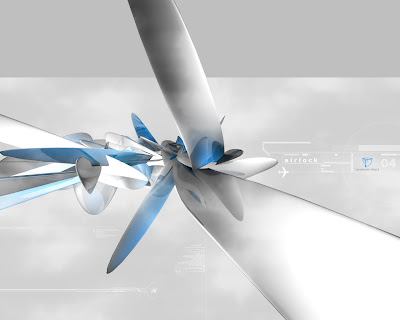Soooooooooogoy Wallpapers
Wall Futuristika wallpapers
Futurism was an art movement that originated in Italy at the beginning of the 20th century. Futurism was a largely Italian and Russian
movement, although it also had adherents in other countries, England
and Portugal for example. The Futurists explored every medium of art,
including painting, sculpture, poetry, theatre, music, architecture and even gastronomy.
Futurists had a passionate loathing of ideas from the past, especially
political and artistic traditions. They also espoused a love of speed, technology, and violence. Futurists dubbed the love of the past passéisme.
The car, the plane, the industrial town were all legendary for the
Futurists, because they represented the technological triumph of people
over nature. The Futurist Manifesto
had declared, "We will glorify war—the world's only hygiene—militarism,
patriotism, the destructive gesture of freedom-bringers, beautiful
ideas worth dying for, and scorn for woman." [5]
Though it owed much of its character and some of its ideas to radical
political movements, it was not much involved in politics until the
autumn of 1913.[11]
One of the many 20th century classical movements in music paid homage
to, included, or imitated machines. Closely identified with the central
Italian Futurist movement were brother composers Luigi Russolo and Antonio Russolo, who used instruments known as intonarumori, which were essentially sound boxes used to create music out of noise. Luigi Russolo's futurist manifesto, The Art of Noises,
is considered one of the most important and influential texts in 20th
century musical aesthetics. Other examples of futurist music include Arthur Honegger's Pacific 231, which imitates the sound of a steam locomotive, Prokofiev's "The Steel Step", and the experiments of Edgard Varèse.
Literary futurism made its debut with F.T. Marinetti's Manifesto of Futurism
(1909). Futurist poetry used unexpected combinations of images and
hyper-conciseness (not to be confused with the actual length of the
poem). Futurist theater works have scenes a few sentences long, use
nonsensical humor, and try to discredit the deep-rooted dramatic
traditions with parody. Longer literature forms, such as novels, had no
place in the Futurist aesthetic, which was obsessed with speed and
compression.
Futurism expanded to encompass other artistic domains and ultimately
included painting, sculpture, ceramics, graphic design, industrial
design, interior design, theatre design, textiles, drama, literature,
music and architecture. In architecture, it was characterized by a
distinctive thrust towards rationalism and modernism through the use of advanced building materials. The ideals of futurism remain as significant components of modern Western culture;
the emphasis on youth, speed, power and technology finding expression
in much of modern commercial cinema and culture. Futurism has produced
several reactions, including the 1980s-era literary genre of cyberpunk—in which technology was often treated with a critical eye.












































































No comments:
Post a Comment